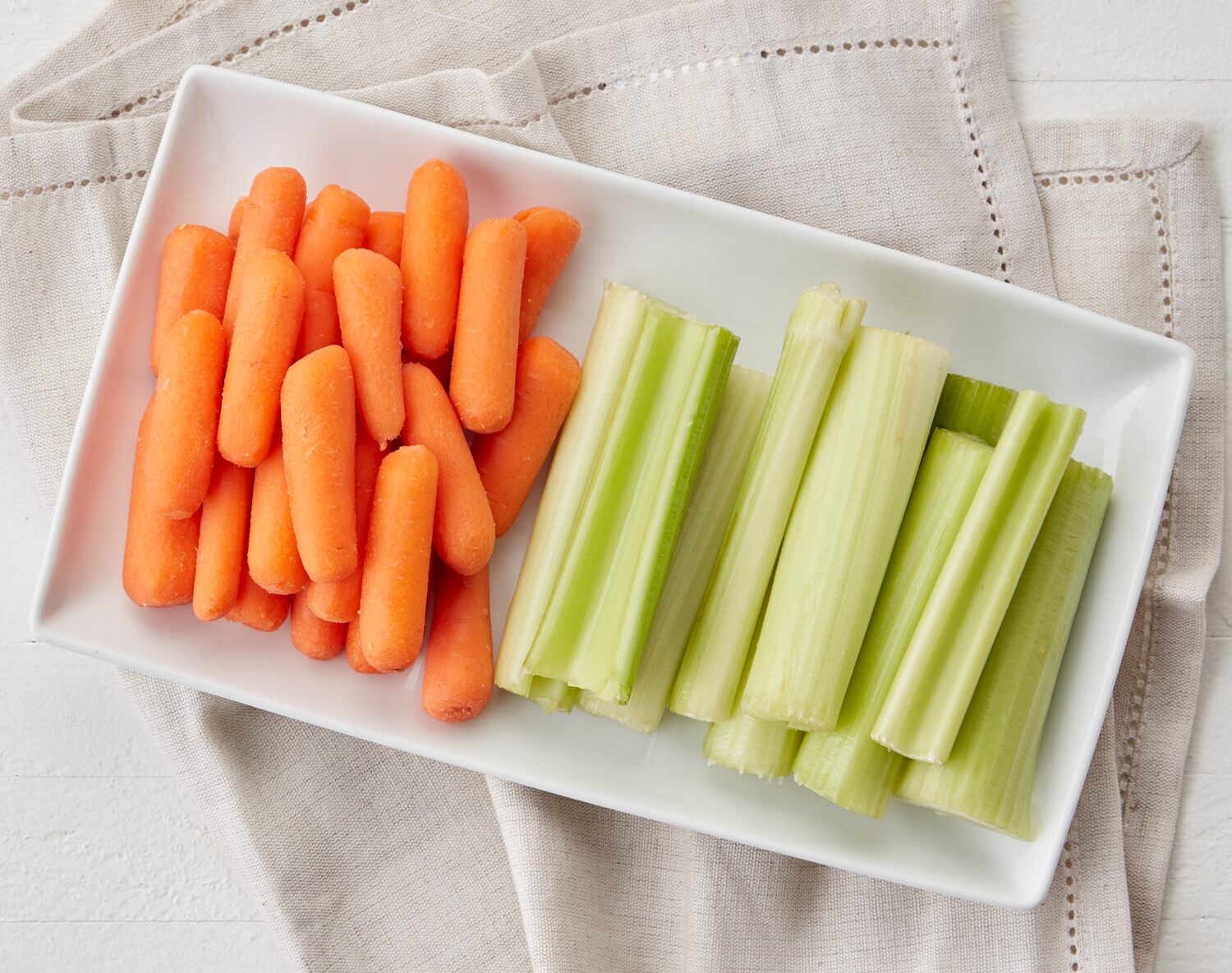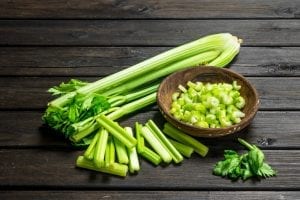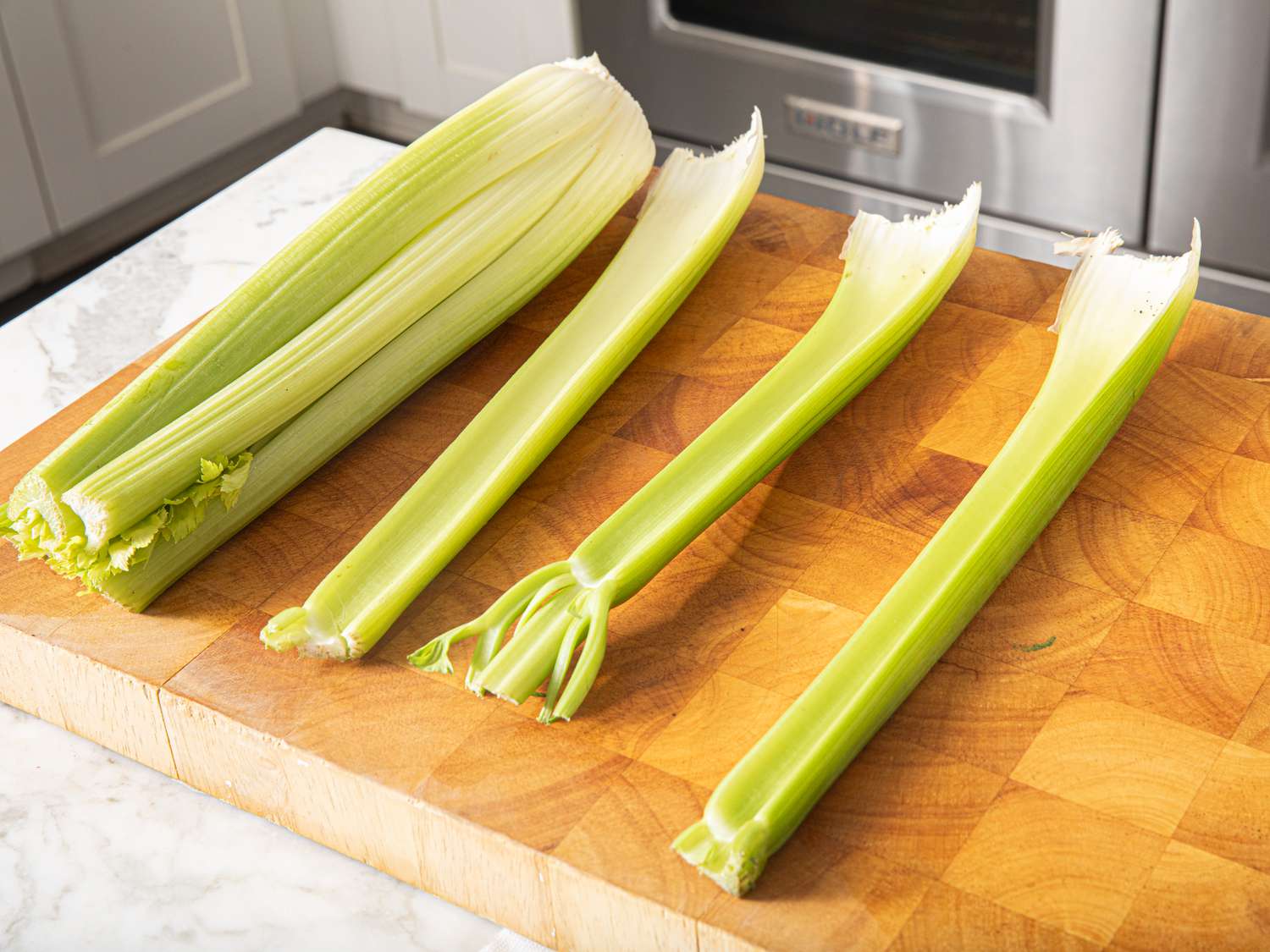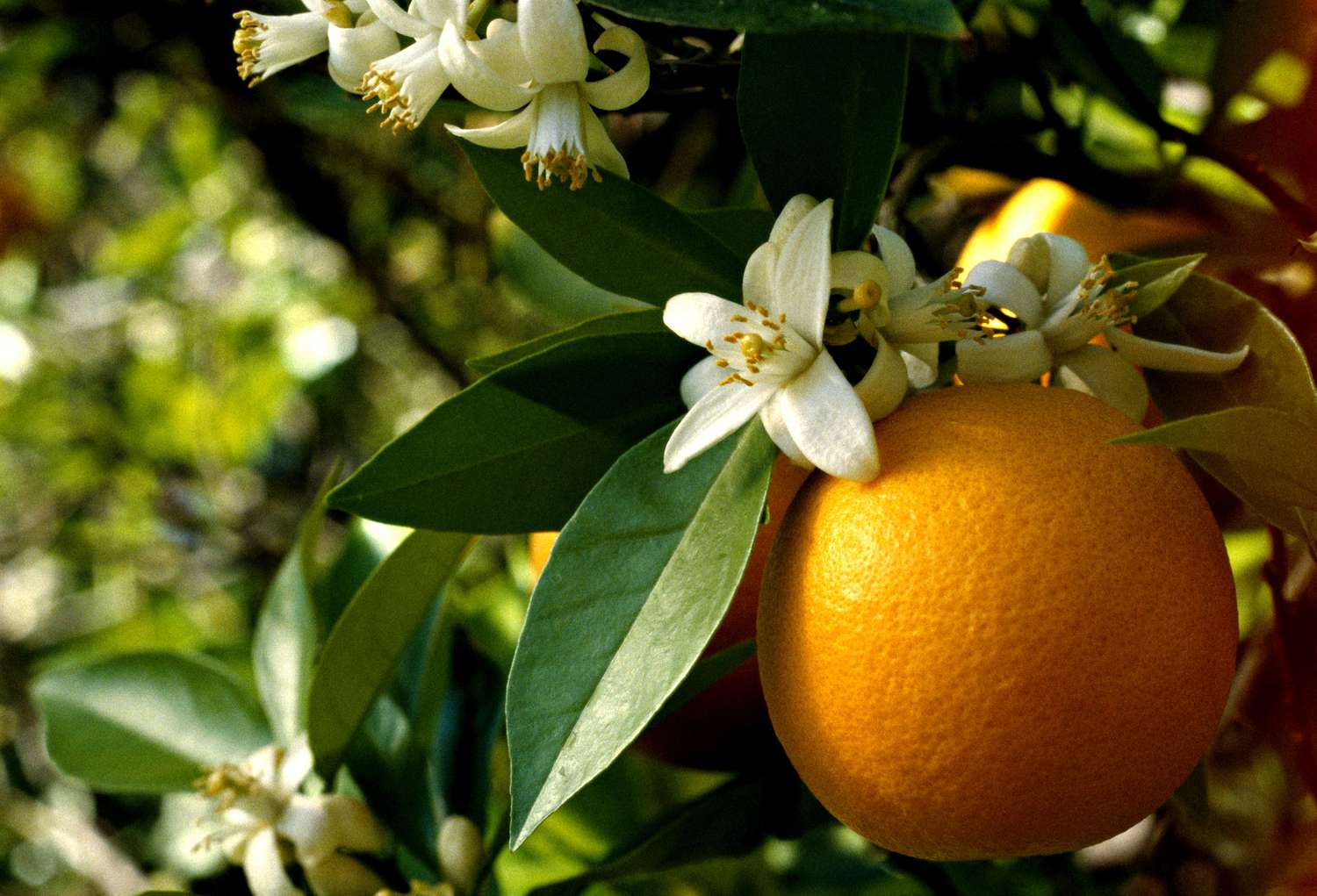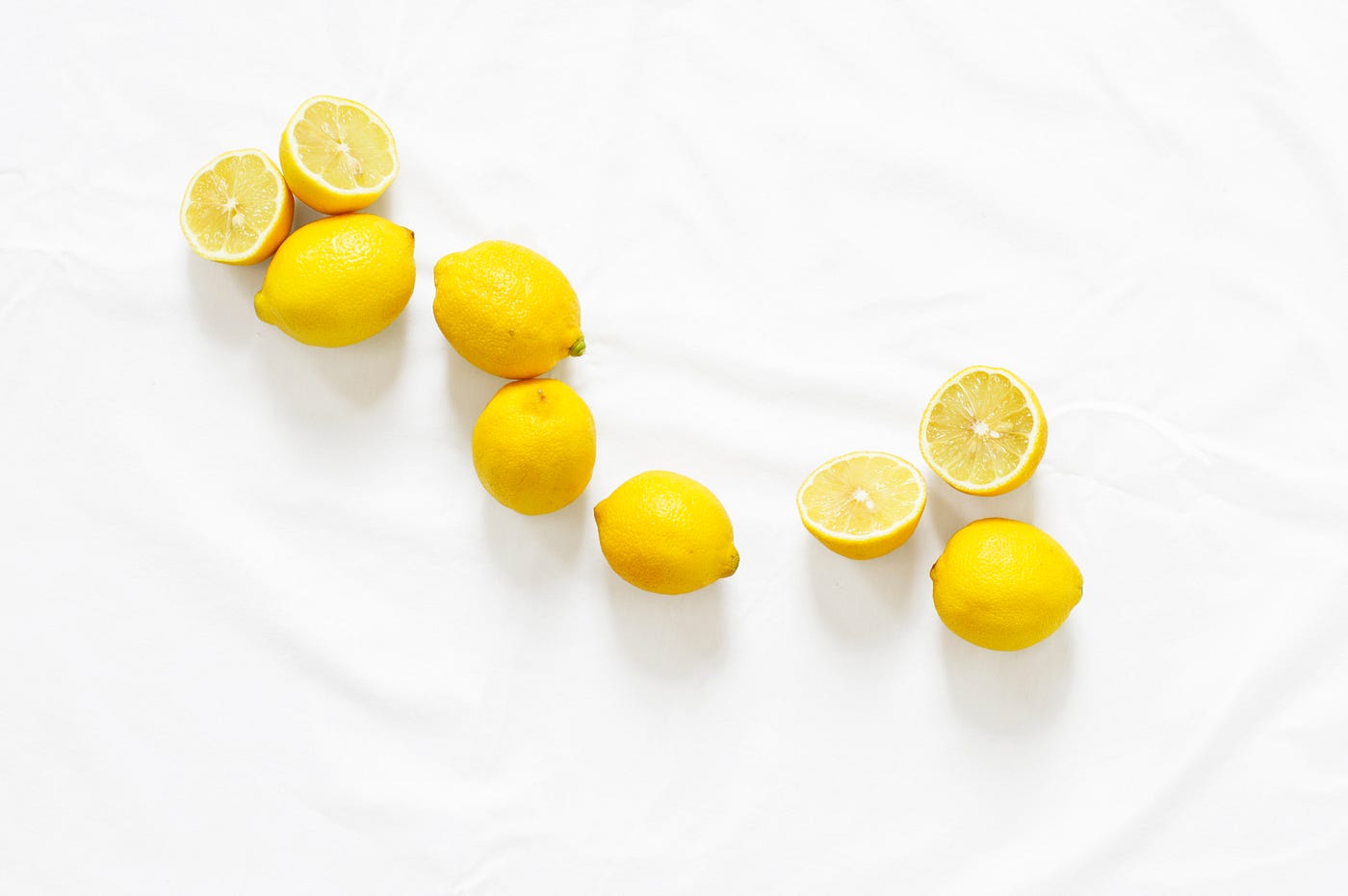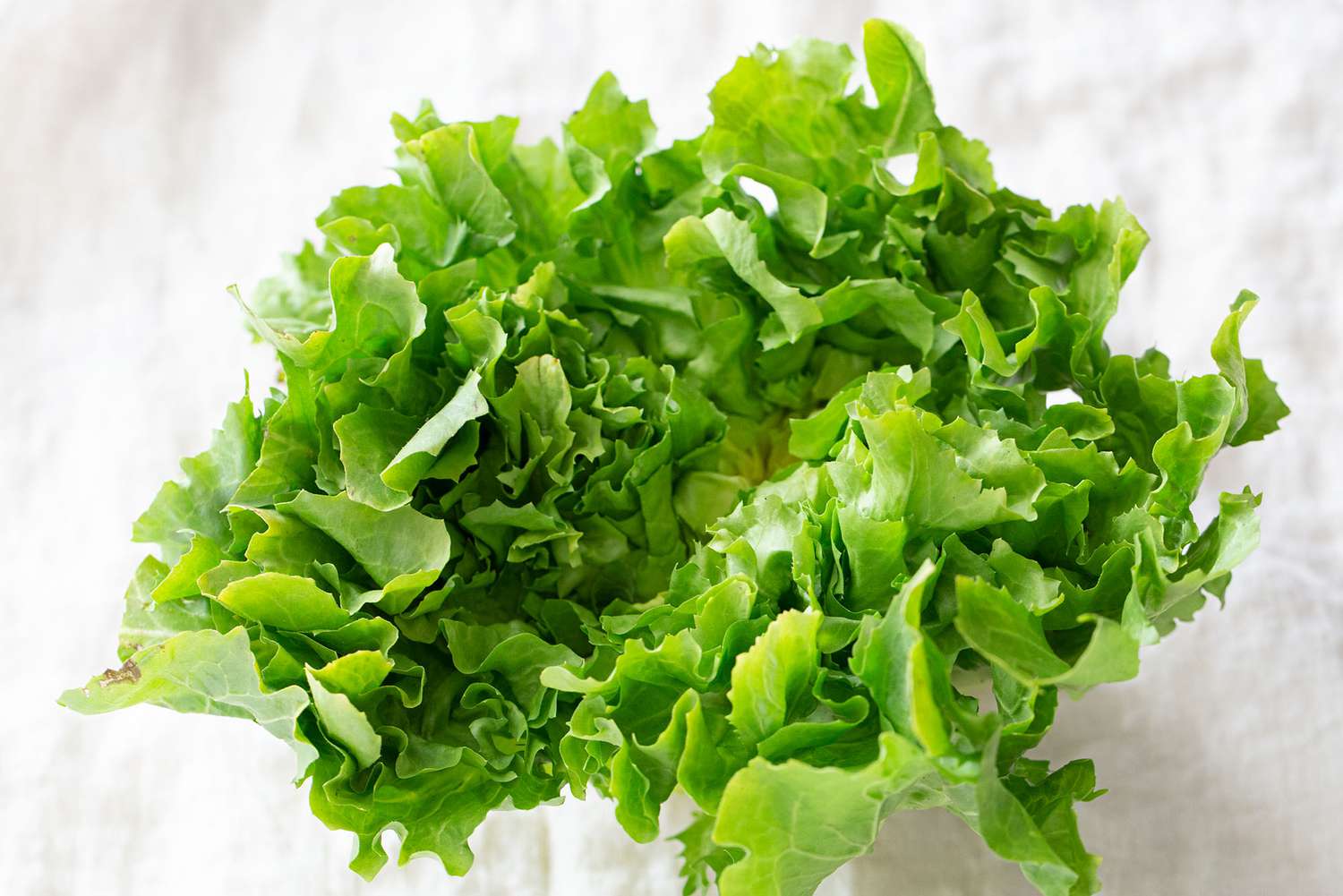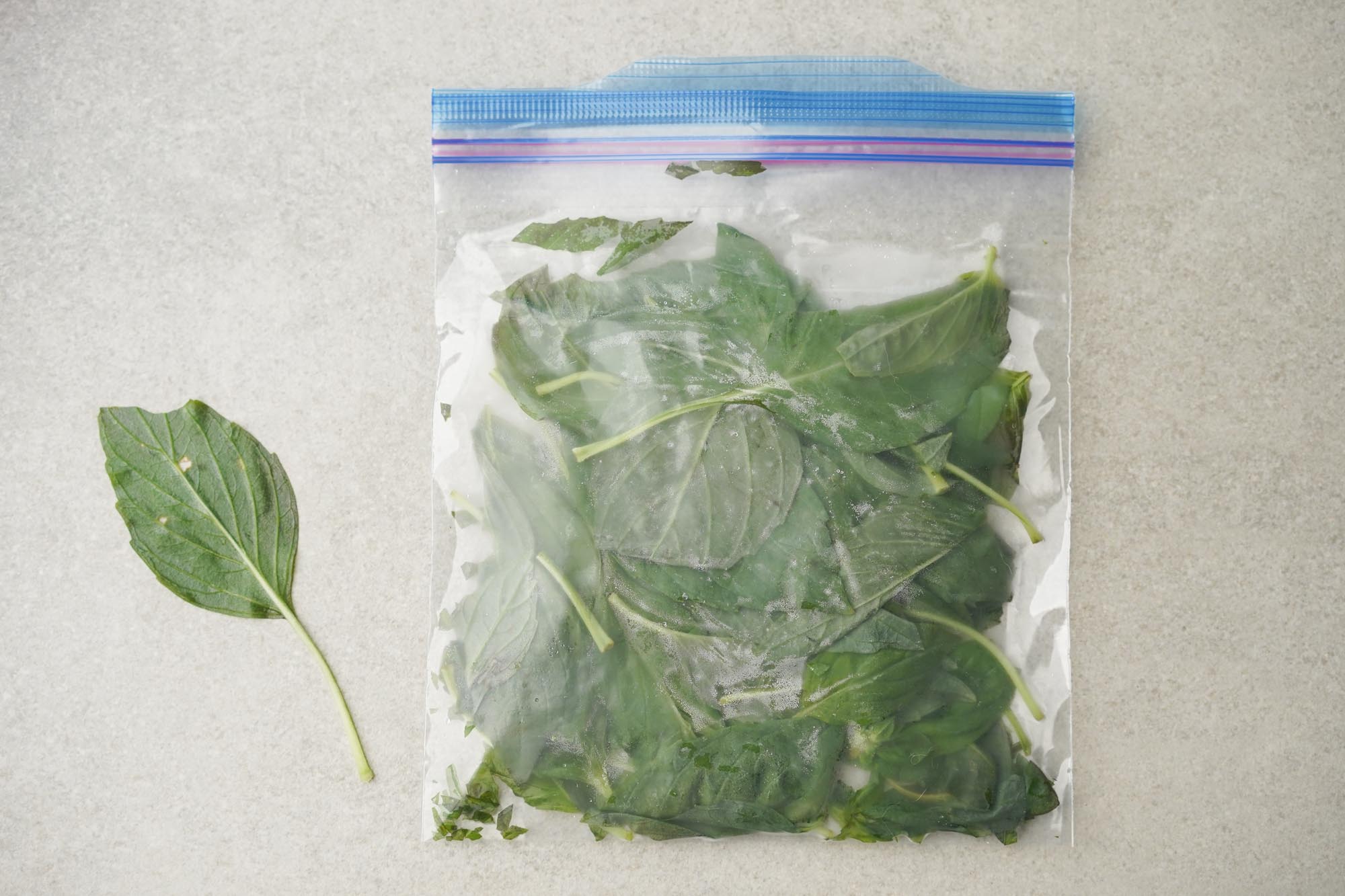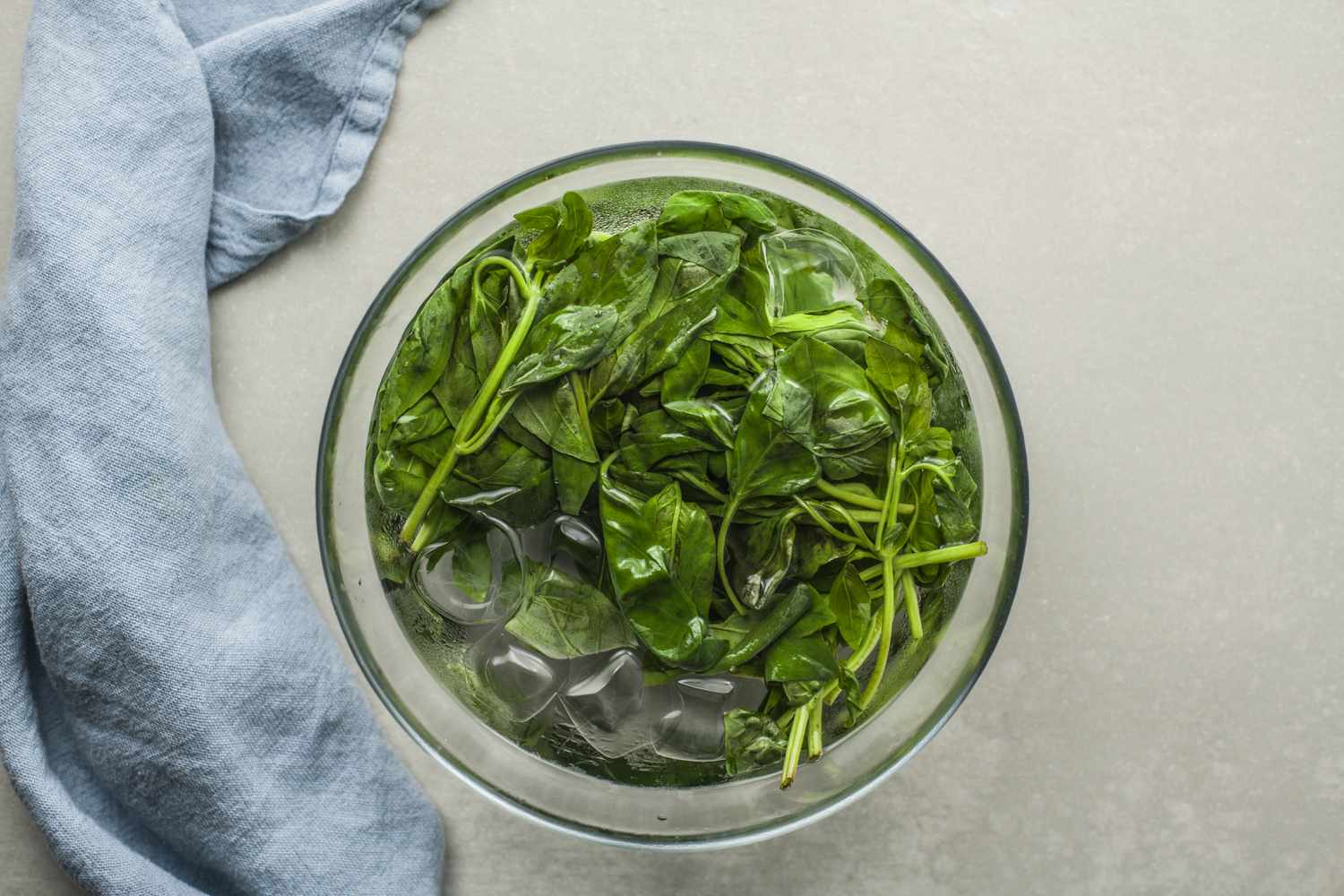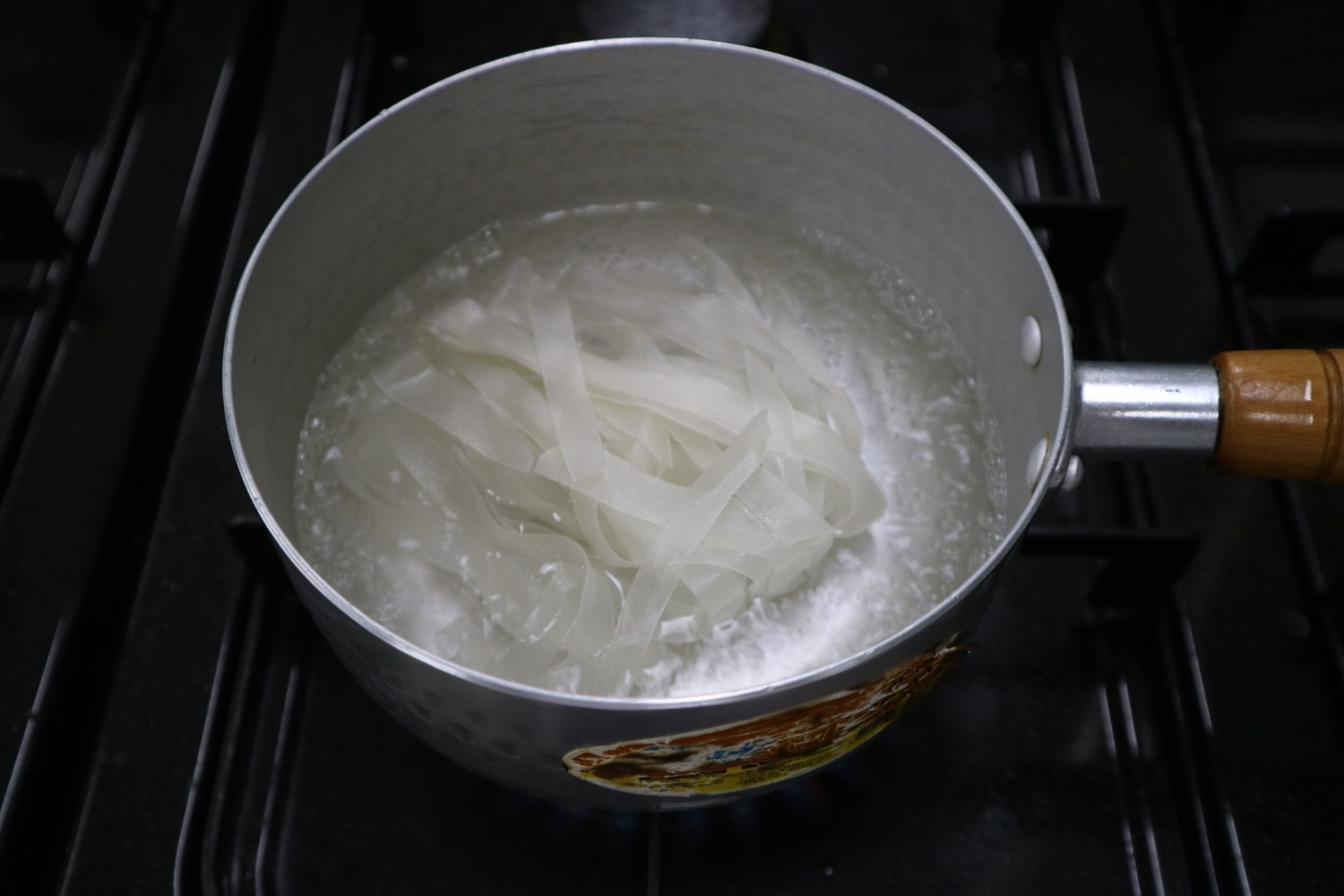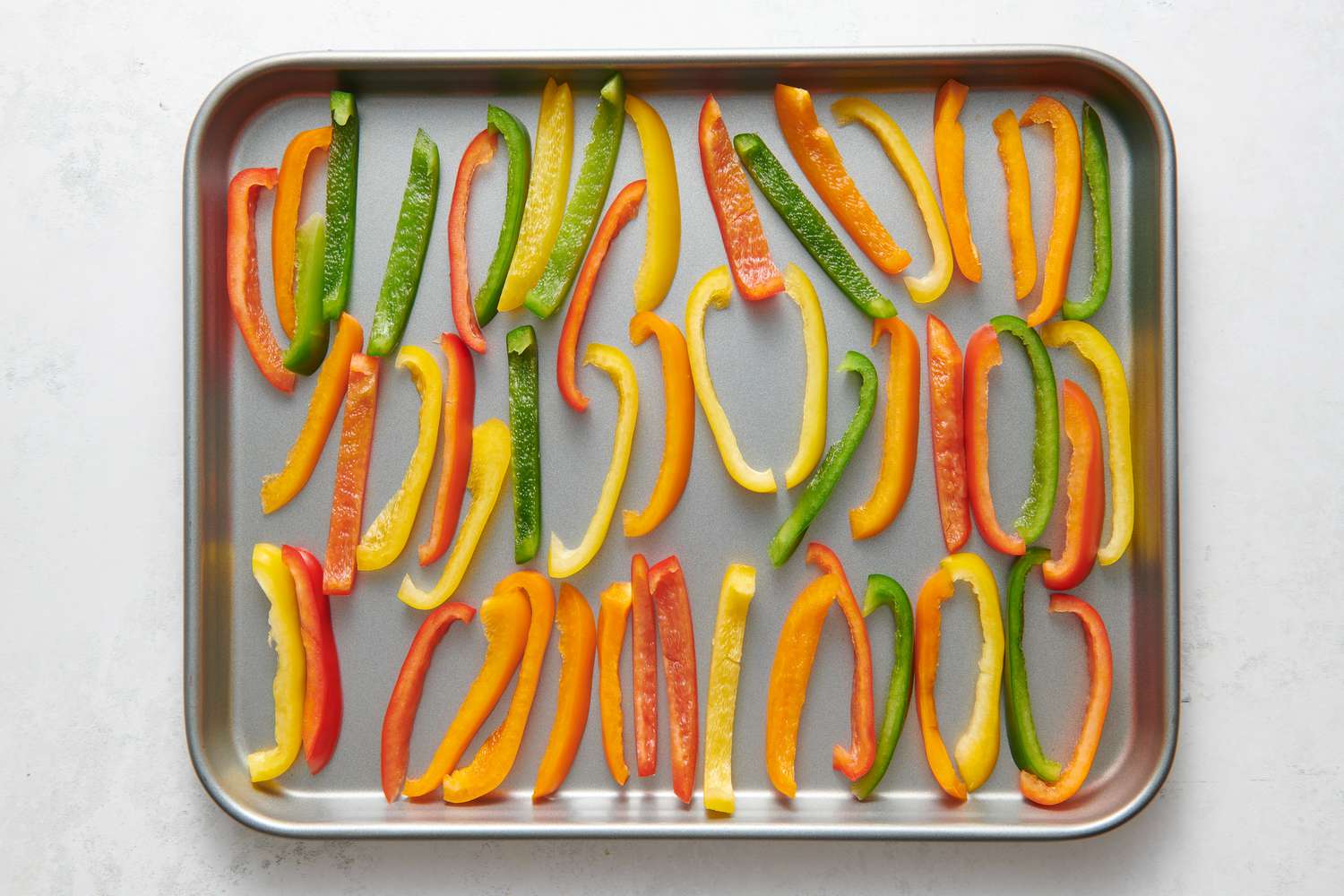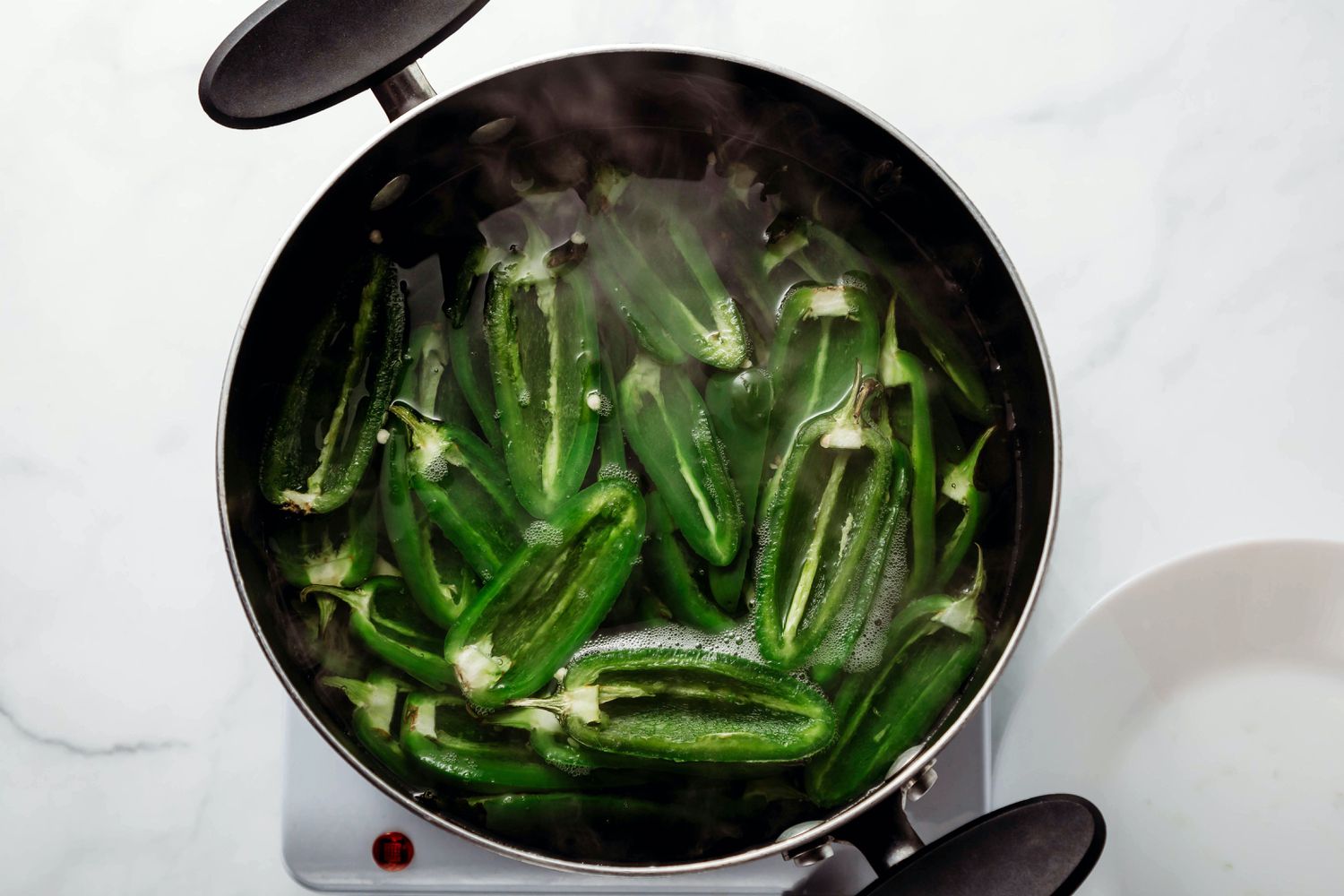Blanching and processing celery might sound like tasks reserved for seasoned chefs, but I'm here to guide you through making them as simple as stirring a pot of soup. Whether you're looking to preserve celery's crisp texture for future dishes or soften it for a current recipe, mastering these techniques can elevate your culinary skills. Blanching, a quick dip in boiling water followed by an ice bath, keeps celery vibrant and crunchy. Processing, on the other hand, prepares it for cooking or storage. Let's dive into the steps to ensure your celery retains its flavor and texture, enhancing your dishes with its fresh, distinctive taste.
Essential Ingredients for Blanching and Processing Celery
- Fresh celery stalks
- Water
- Ice cubes
- Salt (optional)
Must-Have Tools for Perfectly Processed Celery
- Large pot for boiling water
- Slotted spoon to remove celery from boiling water
- Bowl of ice water for shocking celery after blanching
- Knife for trimming celery
- Cutting board for chopping
- Colander for draining celery
- Vegetable peeler (optional) for peeling celery strings
- Kitchen towels for drying celery
- Freezer bags or containers for storage
Blanching celery involves boiling for three minutes, then plunging into ice water. This process preserves color, texture, and flavor, making celery ideal for freezing or adding to dishes later.
The Importance of Blanching Celery
Blanching celery is a technique used to preserve its crispness and mild flavor before freezing or using in dishes. This process involves briefly boiling celery and then plunging it into ice water, which stops the cooking process immediately, ensuring that celery retains its texture and nutrients.
We blanch celery because this method enhances its color, making it more vibrant in salads and other cold dishes. Additionally, blanching helps to remove any bitterness, resulting in a sweeter taste. This simple yet effective technique is key for preparing celery that is both delicious and visually appealing.
Your Step-by-Step Guide to Blanching and Processing Celery
How To Blanch And Process Celery
Blanching Celery
-
Wash Celery
- Rinse stalks under cold water.
- Remove any dirt or debris.
-
Trim Celery
- Cut off base and leaves.
- Slice stalks into desired sizes.
-
Prepare Blanching Pot
- Fill a large pot with water.
- Bring water to a rolling boil.
-
Ice Bath Setup
- Fill a large bowl with ice and water.
- Ensure it's large enough to submerge celery.
-
Blanching Process
- Place celery pieces into boiling water.
- Blanch for 3 minutes.
-
Cooling Celery
- Using a slotted spoon, transfer blanched celery to ice bath.
- Leave in ice bath for 3 minutes.
-
Drying Celery
- Remove celery from ice bath.
- Pat dry with clean kitchen towels or paper towels.
Processing Celery
-
Selecting Preservation Method
- Decide between freezing, dehydrating, or pickling.
-
Freezing Celery
- Place dried, blanched celery on a baking sheet.
- Freeze in a single layer to prevent clumping.
- Once frozen, transfer to freezer bags or containers.
- Label with date and return to freezer.
-
Dehydrating Celery
- Arrange blanched, dried celery on dehydrator trays.
- Set dehydrator to 135°F (57°C).
- Dry for 6-8 hours or until completely dry.
- Store in airtight containers in a cool, dark place.
-
Pickling Celery
- Prepare pickling solution (vinegar, water, salt, and desired spices).
- Pack blanched celery into sterilized jars.
- Pour hot pickling solution over celery, leaving headspace.
- Seal jars and process in a boiling water canner for 10 minutes.
- Cool and store in a cool, dark place.
Tips
- Uniform Pieces: Cut celery into even sizes for uniform cooking.
- Freshness: Use fresh, crisp celery for best results.
- Storage: Label processed celery with processing date.
- Safety: Always follow food safety guidelines for preserving foods.
Mastering Celery Preparation
Blanching and processing celery is a breeze once you get the hang of it. This method not only preserves the crispness and bright color of celery but also prepares it for a variety of dishes, from stir-fries to salads. Remember, start by washing and cutting your celery into the desired size. Then, plunge those pieces into boiling water for a brief moment before shocking them in ice water. This step stops the cooking process, ensuring your celery remains crunchy. After draining, you're ready to use the celery right away or freeze it for future recipes. With this technique in your culinary toolkit, you'll elevate the texture and flavor of your dishes, making celery more than just a snack or a soup starter. So, give it a try and see how simple and effective blanching and processing celery can be.
All Your Questions About Celery Answered
Why should I blanch celery before using it in recipes?
Blanching celery softens its fibers, making it more palatable, especially in dishes where a softer texture is desired. This process also helps in reducing the bitterness, enhancing its natural sweetness and bright green color. It's a quick step that can make a big difference in your cooking.
What's the best way to blanch celery?
Start by washing your celery stalks thoroughly. Next, bring a large pot of water to a boil and prepare a bowl of ice water. Cut the celery into the desired size, then add it to the boiling water. Let it cook for about 1-3 minutes, depending on how soft you want it. Immediately after, transfer the celery to the ice water to stop the cooking process. This method ensures your celery retains its crispness and vibrant color.
Can I freeze celery after blanching?
Absolutely, freezing blanched celery is a fantastic way to preserve its freshness for later use. After blanching and cooling it in ice water, dry the pieces thoroughly to prevent ice crystals from forming. Spread them out on a baking sheet to freeze individually, then transfer to a freezer bag or container. This way, you can grab just the amount you need, whenever you need it.
How long does blanched celery last in the freezer?
When properly stored, blanched celery can last in the freezer for up to 12 months. Make sure it's packed in airtight containers or freezer bags to minimize exposure to air. Labeling with the date of blanching will help you keep track of freshness.
Is there a difference in taste between raw and blanched celery?
Yes, there's a noticeable difference. Blanching mellows the celery's inherent bitterness and enhances its sweetness, making it more versatile for various dishes. Raw celery has a more pronounced bitter taste and a crunchier texture, which might be preferred in some recipes like fresh salads.
Can I use the same blanching technique for other vegetables?
Definitely, this blanching technique works wonders for a wide range of vegetables, such as carrots, broccoli, and green beans. Adjusting the blanching time based on the vegetable's density and the desired texture is key. This method is great for meal prep, as it allows you to store vegetables for future use while maintaining their nutritional value and taste.
